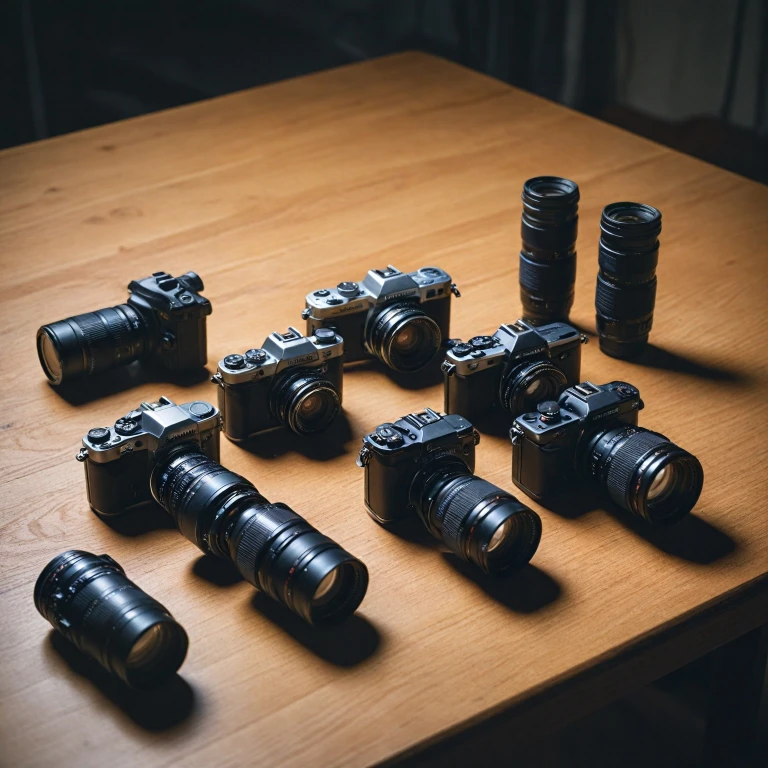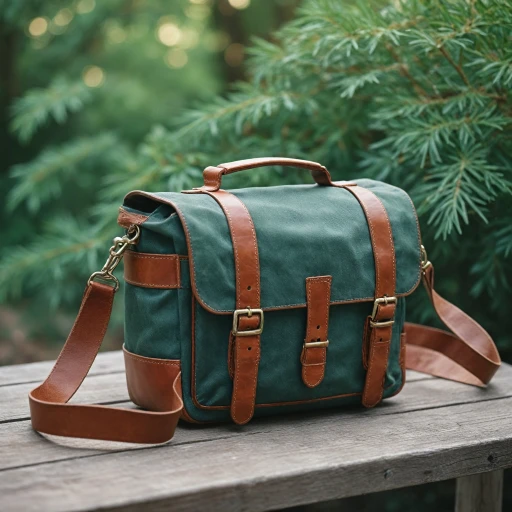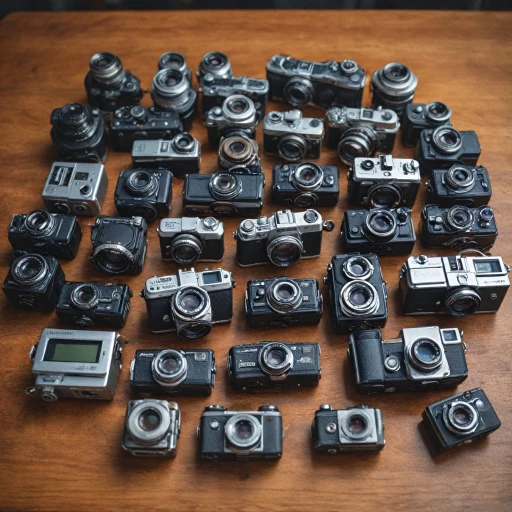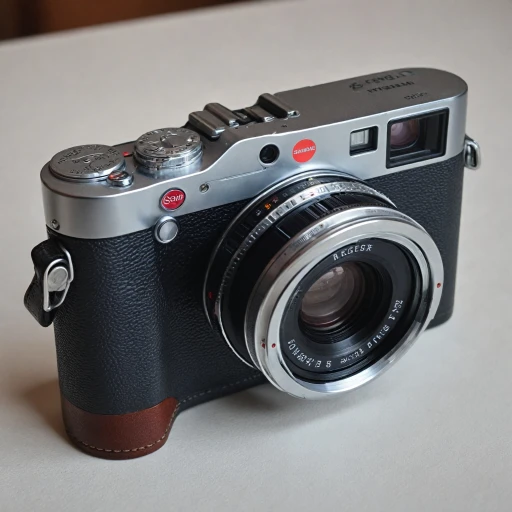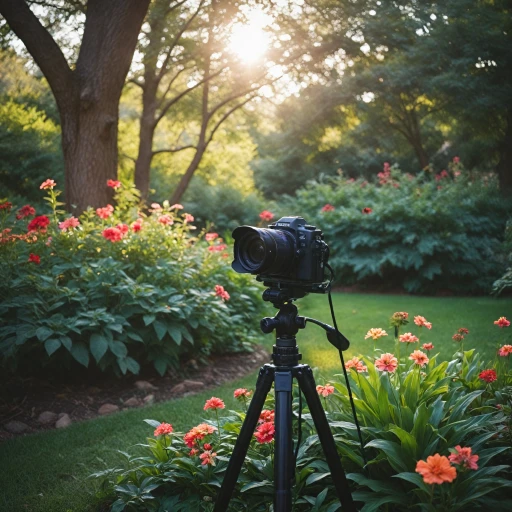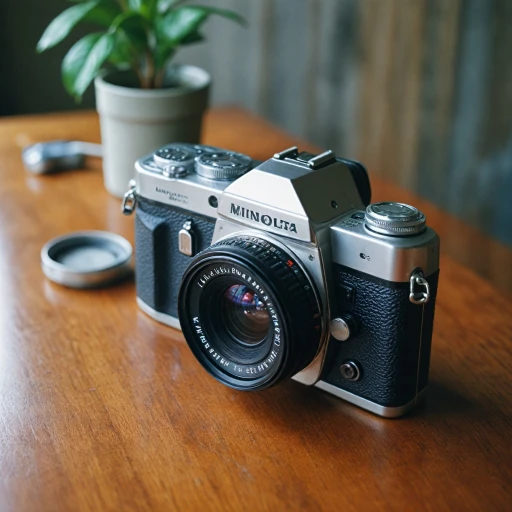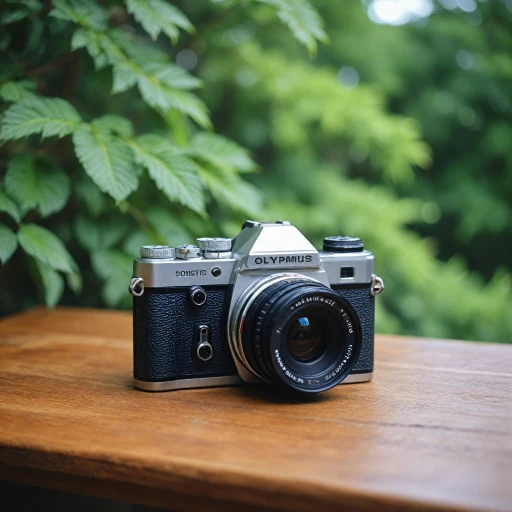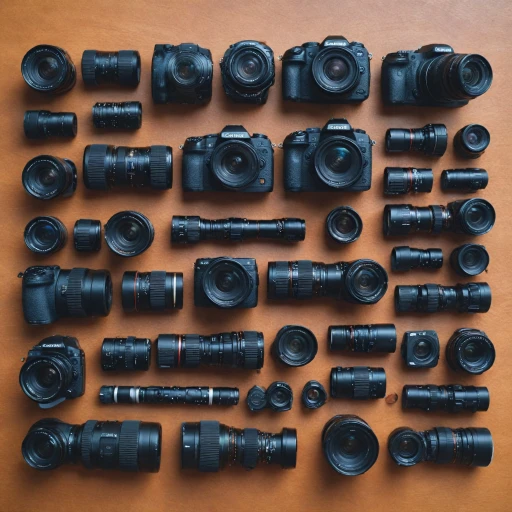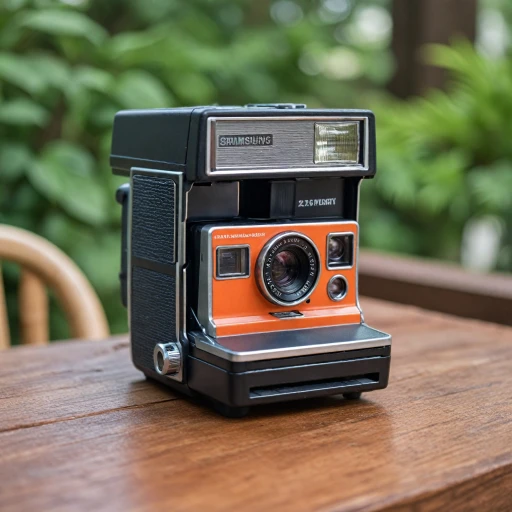
Understanding Scope Cams
Delving into the Technical Wonders of Scope Cams
Scope cameras, often referred to as scope cams, open a window to the world of digital precision. These devices are tailored specifically for enhancing visual experiences during activities like hunting or target shooting. There’s more to them than meets the eye, quite literally.
A scope cam integrates seamlessly with your rifle scope, using sophisticated lens adapters and mounts. This coupling allows enthusiasts to capture footage directly through their scopes, providing an up-close view akin to being in the action themselves. The result? High-quality, targeted imaging that traditional cameras often can't match.
An intriguing aspect of scope cameras is their versatility. Modern scope cams can be used with a range of devices, transforming them into effective tools for various applications. These cameras are well-suited for phone mounts and action cameras, making them adaptable for spotting scopes or even industrial endoscopes. Their capability to deliver crisp images at the right time is unmatched, whether you’re using a quick view mount or a snake scope.
The Scope Cam Advantage
The scope cam market offers a variety of options to meet diverse needs. From night vision capabilities to the best-rated mounts and adapters, these cameras can be customized for optimal performance. For buyers in the United States, checking replies views and reading about click expand details can guide in making informed purchases.
Scope cams aren't merely functional; they've become a top seller among outdoor enthusiasts seeking precision and reliability. Whether using a plate kit, mag plate, or position mag, each component is designed to fit snugly and securely, ensuring that your scope camera delivers when it matters most.
Key Features of Scope Cams
Essential Attributes of Scope Cams
When diving into the world of scope cams, understanding their key features is crucial for making an informed decision. These digital devices are designed to enhance precision and offer a range of functionalities that cater to various needs, from hunting to industrial inspections.
Optics and Lens Quality
The heart of any scope cam is its optics. A high-quality lens ensures clear and sharp images, which is essential whether you're using it for hunting or capturing detailed industrial inspections. Look for options with adjustable focus and zoom capabilities to suit different environments and distances.
Mounting and Adaptability
Scope cams often come with versatile mounting options. A reliable scope mount or camera adapter can make a significant difference in stability and ease of use. Some models offer quick-release mechanisms, allowing you to swiftly attach or detach the cam from your rifle scope or spotting scope.
Connectivity and Compatibility
Modern scope cams often include features that allow them to connect with other devices. For instance, some models can be linked to your phone for real-time viewing or recording. This connectivity opens a window of possibilities for sharing and analyzing footage on the go.
Durability and Weather Resistance
Given that scope cams are frequently used outdoors, durability is a top priority. Look for models that are weather-resistant and can withstand harsh conditions. This ensures longevity and reliability, especially during hunting trips or outdoor expeditions.
Night Vision and Low Light Performance
For those who need to operate in low-light conditions, night vision capabilities are a must. A scope cam with good low-light performance can be a game-changer, allowing you to capture clear images even in the dark.
Battery Life and Power Options
Long battery life is essential for extended use. Consider models that offer rechargeable batteries or alternative power options to ensure your cam is ready when you need it most.
For those looking to enhance their action camera experience, consider exploring how a microphone attachment can add another layer of functionality to your setup.
Applications of Scope Cams
Unveiling the Practical Uses of Scope Cams
Scope cams are not just a trending gadget for photography enthusiasts; they have found their place across a wide array of fields due to their unique abilities and adaptability. From hunting adventures to industrial inspections, the scope camera opens a world of precision and clarity.- Hunting and Wildlife Observation: Among the top applications of scope cams are hunting and wildlife observation. With a scope cam mounted on a rifle scope or spotting scope, hunters gain the advantage of capturing high-definition visuals of their targets. This application is especially popular in the United States, where outdoor enthusiasts strive for the best equipment to enhance their experience.
- Night Vision Capabilities: Some scope cams come equipped with night vision, making them ideal for low-light conditions. This feature is particularly beneficial for those who indulge in night-time hunting or wildlife viewing.
- Industrial Uses: An industrial endoscope or snake scope is another fascinating use of the scope cam technology. In environments where human scrutiny is difficult, these cams can be inserted into tight spaces for a quick view of machinery or infrastructure. This application saves time and provides insights that might otherwise be challenging to obtain.
- Sports and Action Filming: For those who enjoy documenting high-adrenaline sports, the scope cam coupled with an action camera is a must-have. This combination allows for dynamic filming from unique angles, often enhancing sporting events or action-packed activities.
Choosing the Right Scope Cam
Factors in Selecting a Scope Camera
Choosing the right scope cam involves considering various factors tailored to your specific needs and preferences. Here are some crucial elements to think about:- Compatibility with Optics: Ensure the scope camera you are considering is compatible with your optic, whether it's a rifle scope, spotting scope, or industrial endoscope. Check for the appropriate camera adapter that best fits your device to secure the connection.
- Resolution and Imaging Quality: Evaluate the camera's resolution to ensure clarity. The quality of the lens, sensor, and processing technology used in the scope cam plays a vital role in capturing detailed images, especially for applications like wildlife observation or hunting.
- Night Vision and Low Light Capabilities: If you intend to use the scope cam for night-time activities or in low-light conditions, focus on models equipped with infrared or enhanced night vision features.
- Mounting Options: Ensure that the cam offers versatile scope mount options, such as quick-release plates or mag plate kits, to accommodate different setups and provide stability.
- Portability and Convenience: Consider the size and weight of the scope camera. Easier transportation and simpler setup are important, especially if you're frequently on the move.
- Price and Value: Evaluate the cost in relation to the features and specifications offered. Read reviews, such as top-rated and sponsored recommendations, and compare sellers for the best deals to make an informed choice.
- Customer Support and Warranty: Check the warranty period and customer support services provided by the manufacturer, as this can be crucial for troubleshooting and long-term satisfaction.
Setting Up and Using Your Scope Cam
Setting Your Equipment for Success
When you're planning to capture the perfect shot using your scope cam, correctly setting up your equipment is crucial. Start by ensuring you have all the required components; this often includes the camera, lens, scope mount, camera adapter, and the necessary cables or connectors. The scope cam's capability to deliver precise results heavily relies on accurate assembly.Mounting and Positioning
- Scope Mount: Begin by securely attaching the scope mount to your rifle scope or spotting scope. Use a mag plate or adapter if necessary to ensure a stable fit.
- Camera Adapter: Connect your camera or cam to the scope using a camera adapter. This can be a quick view or a more intricate setup, depending on your equipment.
Aligning the Camera and Lens
Align the camera correctly with the eyepiece of your scope. It is crucial to ensure that the camera lens is in perfect alignment to avoid vignetting or blurred edges. A properly positioned camera opens the window to clear and precise shots.Optimizing Camera Settings
Ensure your scope camera settings are tailored to the environment, whether you're hunting or just capturing landscapes. If using a night vision setup, adjust for low light conditions. Test different options and rates for the best results.Connecting to Your Phone
For those looking to use a phone to monitor or record through the cam, ensure your scope cam is compatible with your device. Use an appropriate adapter if necessary. This will allow you to engage with your setup in real-time easily. Stay patient during this process. Proper setup and understanding of the equipment will lead to top-rated results in all your visual endeavors, be it hunting or industrial applications.Troubleshooting Common Issues
Resolving Technical Difficulties
Troubleshooting issues with your scope cam can save time and enhance your experience, whether you're shooting a high-rated action camera or a top-notch industrial endoscope. Here's how to address some common concerns:
- Connection Issues: If your cam isn’t connecting properly to the scope, ensure the camera adapter and mount are securely in place. Loose connections can often be resolved by adjusting the attachments. Check if the mag plate or plate kit requires re-alignment.
- Focus Problems: Cameras, such as a sponsored top scopecam, rely heavily on precise lens placement. If images appear blurry, re-examine the lens and ensure it's clean. For daytime use, adjusting the camera’s position against the rifle scope or spotting scope can impact clarity.
- Visual Quality: For those using a night vision scope cam, poor lighting can affect image quality. Ensure sufficient lighting conditions for your scope camera. If operating at night, verify the night vision settings are properly activated.
- Mobile Device Sync: If linking a phone via a camera adapter is proving tricky, check that the correct app or software is opens and synced. Many cams have dedicated apps to facilitate this process.
- Stability and Mounting: A stable scope mount is vital. Adjust your mount to prevent slipping, especially during hunting scenarios where quick view is essential. Double-check all attachments before heading out.
- Battery Life: Monitoring the cam’s battery status can prevent interruptions. It's always beneficial to keep spare batteries handy or ensure timely charging, especially during prolonged recording sessions.
Whether you're utilizing an open-window scope for hunting or an enclosed tab-format setup, understanding the common pain points and their solutions ensures smoother operations. This attention to detail can make your tool the best cam in your collection, supporting diverse applications from snake scope to video capturing expeditions.
Remember, manufacturers often offer guidance specific to their product, so checking manuals, online resources, and forums can provide additional insights beyond this guide. Embrace these techniques to maximize your cam’s potential and enjoy seamless delivery of your digital imaging experiences across the United States and beyond.
